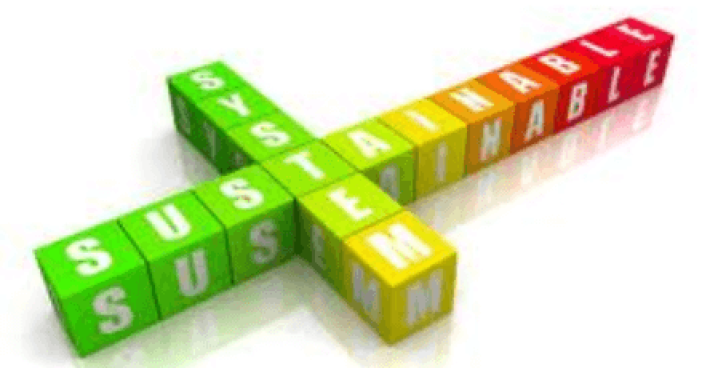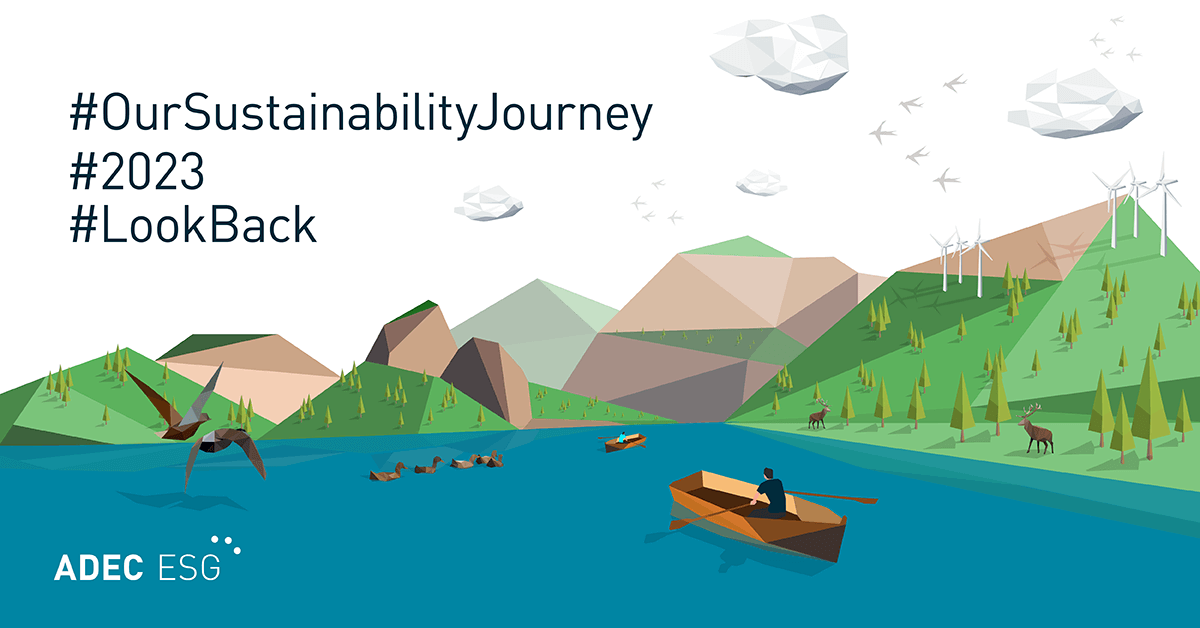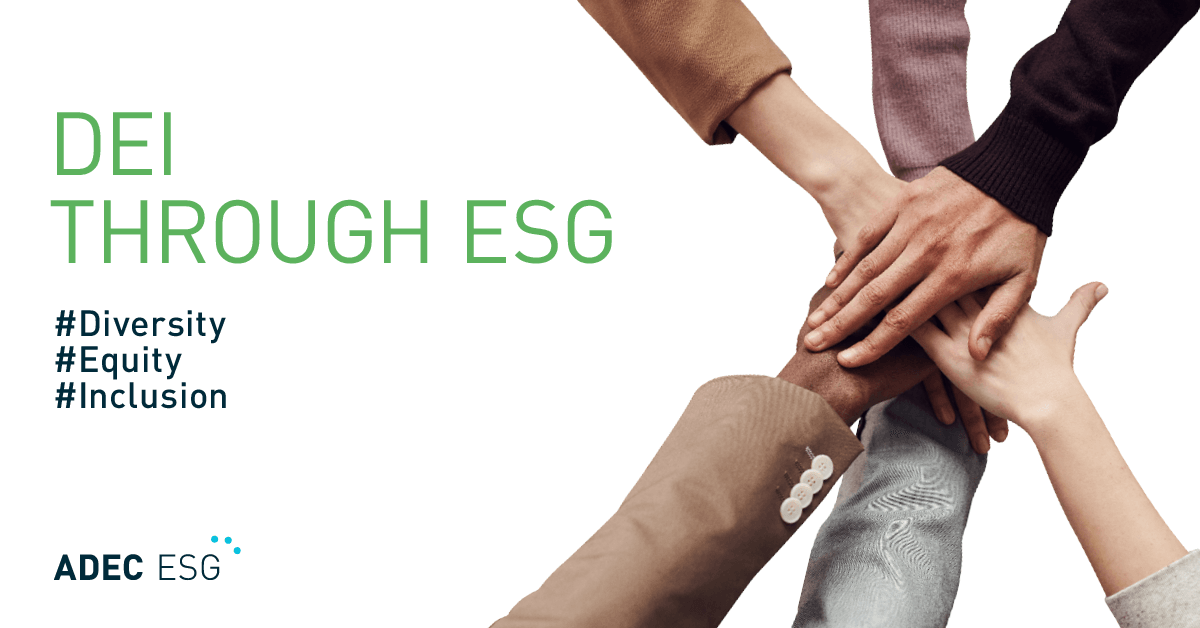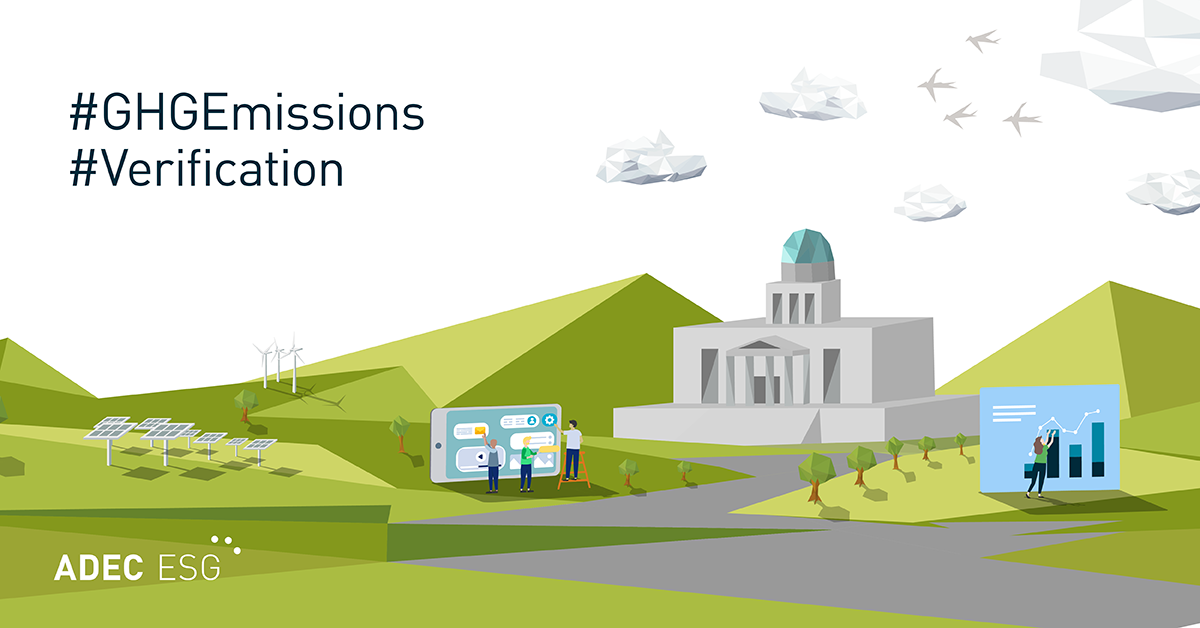It is well understood that the natural environment underpins the world’s economic and social systems (i.e. we need clean air to breathe, water to drink and natural resources to use in our daily lives). Our “economy” cannot function without drawing in natural resources from the environment and finding sustainable ways to absorb the unwanted by-products, or externalities, of economic production.
Decoupling Environmental Degradation and Economic Growth
While we need to use natural resources, we must recognize that the environment is not impervious to the impact of our activities and does have limits. We want to create increasing levels of economic value but at the same time reduce our impacts on the environment. This is often called decoupling environmental degradation and economic growth.
Learning to live within the limits of our natural environment while simultaneously achieving our economic and social goals will ensure we meet our own needs without restricting the choices of future generations. This decoupling has become more and more important and has resulted in an identifiable trend in our global economy with a number of industry leading companies taking the initiative to be more sustainable.
Whether it be by voluntary environmental management strategies or developing sustainability goals and policies, private companies are being faced with a marketplace that has an emerging set of ethics which influences purchasing habits.
For example, take the Carbon Disclosure Project (CDP), an independent not-for-profit organization working to drive greenhouse gas emissions reduction and sustainable water use by providing a transformative global system for thousands of companies and cities to measure, disclose, manage and share environmental information. This is all being done as an effort to provide information to consumers and influence corporate or private “markets” to be the driving force of change. Working with the world’s largest investors, businesses and governments, CDP is uniquely positioned to catalyze action towards a more sustainable future. So is our global economy turning green or chasing green?
Better yet…Who’s printing the money?
Many suggest that companies that approach sustainability for ethical beliefs rather than profit are often-times more successful. However, this poses the age-old question: What comes first the “chicken” or the “green egg”? Better yet, are responsible companies more prosperous, or are prosperous companies more responsible… The simple answer is “it depends.”
Often times the multi-faceted approach of evaluating all factors; business, sustainability, and performance; allows you to ultimately land somewhere in the middle. I refer to it as the stoichiometric efficiency of sustainable policy development. Stoichiometry is the relative quantities of elements in a molecule or the relative amounts of reactants and products in a chemical reaction. Simply stated, it is the relative proportion of components. When applied to the sustainable policy framework it’s really just identifying the perfect balance of economic and environmental benefit. Sustainability policy development is very sensitive to the context in which those policies are developed; so it’s critical to have both the scientific understanding of the policy decision as well as the operational vision to ensure those idiosyncrasies are implemented and add value to your bottom line.
So… Are you maximizing the potential of sustainability policies? Many companies and organizations approaching sustainability and “greening” see it only as a tool for public marketing and disclosure rather than a decision-making tool. This is only one of the many benefits.
A 2012 Harvard Business School study, which analyzed 180 U.S. companies over the course of 20 years, found that companies who demonstrated ‘high sustainability’ practices outperformed the low sustainability group in both stockmarket and operating performance.
There are numerous approaches to sustainability planning and policy development, but I would generally suggest to any company or organization contemplating sustainability planning, these three steps 1) System Efficiencies, 2) Prioritization, and 3) Education. And, while there are countless articles and papers that present the “easy steps” to sustainability, I think Argam DerHartunian’s had a great simplification in a 2008 article, which I have adapted here:
-
- System Efficiencies- Efficiency is the simple concept of identifying the relatively easier things that you wanted to change but never got around to. These are the actions that not only improve your business but also reduce your environmental impact. Require double-sided printing, identify corporate fuel economy standards for company vehicles, the list can go on and on. Your ability to identify these system efficiencies will translate into resource conservation and profit maximization. The resources and information are out there, you just need to seek out advice and empower your people through policies.
- Prioritization– Prioritization is key in any program or policy roll out to identify the most efficient use of resources to your particular list of measures or actions. More simply put, it is where you can get the biggest bang for your buck. Climate change and the continued depletion of natural resources are by far the largest challenge we face. The focus of any organizational discussion surrounding the development and maximization of sustainability policies should center on the positive impact or reduction a particular policy will have. You always want to make sure a policy or program is effective in maximizing effectiveness in terms of resource conservation and the amount of time and money spent on implementing that policy makes sense.
- Education– Education is critical to elevating the importance and understanding of any sustainability policy discussion. Regardless if your organization has 5 or 5,000 employees, a strategic effort has to be made to start educating your people. The “tangible” impact of your organization’s actions is a great place to start. Establishing your own environmental baseline of information is critical to not only defining success but it’s also amazing how much more “environmentally aware” people become when they understand the facts and the impact that their day to day actions have on the environment. More importantly the process of education shouldn’t be a one way street, as with any policy framework, the integration of a feedback loop to allow for insights and ideas to be generated is not only empowering but effective. There are thousands of factoids that will motivate your staff to conserve, it’s up to you to get the ball rolling.
Learn more about FirstCarbon Solutions Corporate Sustainability Planning Services or request a consultation and we can help you out.
Did you enjoy this post? The author of this article is Trevor Macenski. Learn more about him here.





